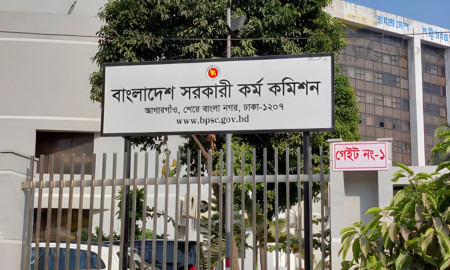Indian Court Mandates Clear Prescriptions: No More Doctors' Unreadable Handwriting

A common complaint against doctors is that no one can read their handwriting. Jokes about their hieroglyphic script are nothing new. Patients, ordinary people and pharmacists often struggle to decipher unclear handwriting. However, the Punjab and Haryana High Court has recently issued new directives on doctors' handwriting. The court has stated that "receiving a legible medical prescription is a fundamental right of the patient," as it involves matters of life and death.
The directive was given during a hearing on a case involving allegations of rape, fraud and forgery by Justice Jasgurpreet Singh Puri.
Justice Puri remarked, "In this day and age when technology and computers are readily available, it is astonishing that government doctors are still writing prescriptions that no one can read, except perhaps a few chemists." The court has directed that handwriting training be included in medical colleges and that digital prescriptions be implemented within two years. Until then, all doctors must write prescriptions clearly in capital letters.
This is not the first time; Indian courts have previously criticised doctors for poor handwriting. The Orissa High Court had commented on doctors' "hieroglyphic writing style." Justices of the Allahabad High Court wrote, "The reports are written in such poor handwriting that they cannot be understood."
Dr Dilip Bansal, president of the Indian Medical Association (IMA) with over 330,000 members, told the BBC that they are ready to cooperate in resolving the issue. He said that many doctors in big cities and towns have already switched to digital prescriptions. But in villages and small towns, getting clearly written prescriptions remains difficult.
According to Dr Bansal, "It is well known that many doctors have poor handwriting. However, the reason is that they are extremely busy, especially in crowded government hospitals."
He added, "We have instructed our members to follow the government directives and write prescriptions in bold letters so that both patients and chemists can read them. If a doctor sees seven patients a day, it is possible. But seeing 70 patients a day makes it hard to comply."
However, research does not prove that doctors' handwriting is worse than others'. Still, experts believe the issue goes beyond aesthetics or convenience. An unclear or ambiguous prescription can lead to disastrous consequences.
The US Institute of Medicine (IOM) reported in 1999 that at least 44,000 preventable deaths occur annually in the country due to medical errors. Of these, 7,000 deaths were caused by doctors' sloppy handwriting.
Recently in Scotland, a woman suffered severe chemical burns because she was mistakenly given cream for erectile dysfunction instead of treatment for dry eyes. Britain's health authorities have acknowledged that drug-related errors have caused serious harm and deaths. They stated that introducing electronic prescriptions in hospitals could halve such mistakes.
There is no precise data on the damage caused by handwriting errors in India. However, in the world's most populous country, unclear prescriptions have previously led to numerous health emergencies and loss of lives.












